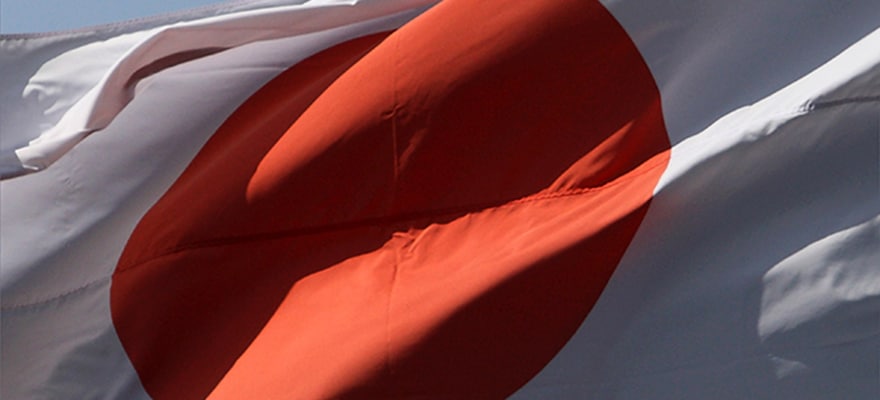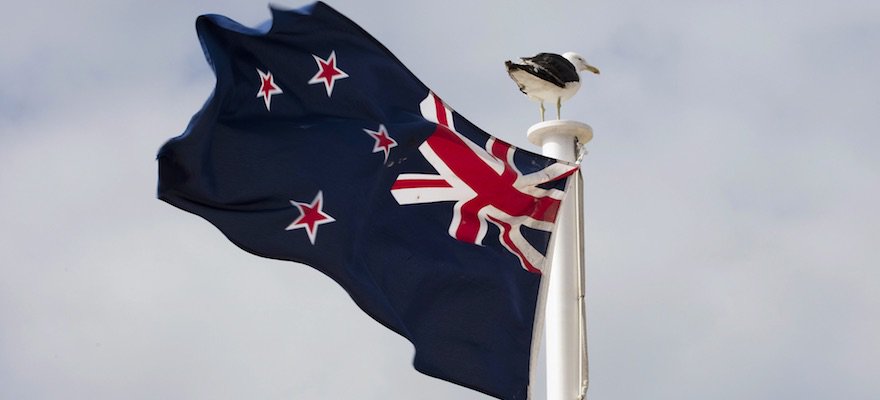The Bank of Japan (BoJ) embarked on a massive bond buying program in April 2013, further increasing it in October 2014. This qualitative and quantitative easing (QE) program is an attempt to stimulate inflation. The bank's goal is to drive the consumer price index (CPI) back to 2% by mid-2016.
Stalled Inflation
However, both the nationwide and the Tokyo-area core CPI, which exclude fresh food, have been moving lower in recent months. Annual Tokyo core CPI was at 1% in March 2014, and its most recent reading for July shows it at -0.1%. Annual nationwide core CPI was at 1.3% in March 2014, and the most recent reading for June shows it at 0.1%.
The bank still contends that it will see a rapid increase in inflation in coming months.
This does not bode well for a bank whose unconventional monetary policy measures are increasingly coming under the public spotlight, as inflation seems to be stagnant. The bank still contends that it will see a rapid increase in inflation in coming months and has yet to adjust its target of 2% for 2016. Also, it has stated that no further easing is necessary for now.
Adjusting the CPI Measure
If the BoJ is hesitant to either add to its current stimulus or push back its CPI target to 2017, then it is left with few other options should inflation remain stagnant. In an attempt to gauge underlying inflation, and perhaps view it in the most favorable light, the bank has altered the way it presents the core CPI. In its July monthly report it showed CPI excluding fresh food and energy, whereas previously the core CPI excluded only fresh food. By removing oil prices from inflation the bank can make a better assessment of underlying inflation.
This is similar to many other central banks that have focused on prices excluding energy since the significant declines in oil prices. By excluding oil from the BOJ's core reading, inflation appears at 0.7%, and therefore much closer to the BoJ's target of 2%. This may give them some reprieve; if not for purely economic measurement reasons, it may buy them some favor in the court of public opinion as people start to question the effectiveness of Abenomics and QE.
Growth Pains
If the BoJ were to ease this year, it will probably be in response to weakness in the economy rather than to inflation figures.
One positive metric for Japan this year has been growth, which also seems to be faltering now. Final GDP for Q1, in annualized terms, came in at 3.9%, versus an expected 2.7%. This dampened speculation of further easing. However, we are set to see Q2 Preliminary GDP on August 17, and if growth is seen to have declined or even turned negative, then the BoJ's only shining light will be extinguished.
"If the BoJ were to ease this year, it will probably be in response to weakness in the economy rather than to inflation figures," said Yoshiki Shinke, Chief Economist at Dai-ichi Life Research Institute. "Risks to the economic outlook are clearly tilted to the downside and with consumption so weak, we may not see a clear rebound in growth in July-September as the BOJ projects."

















